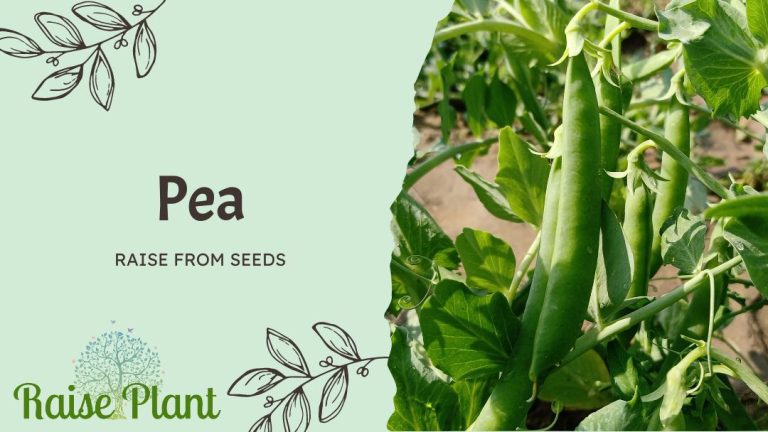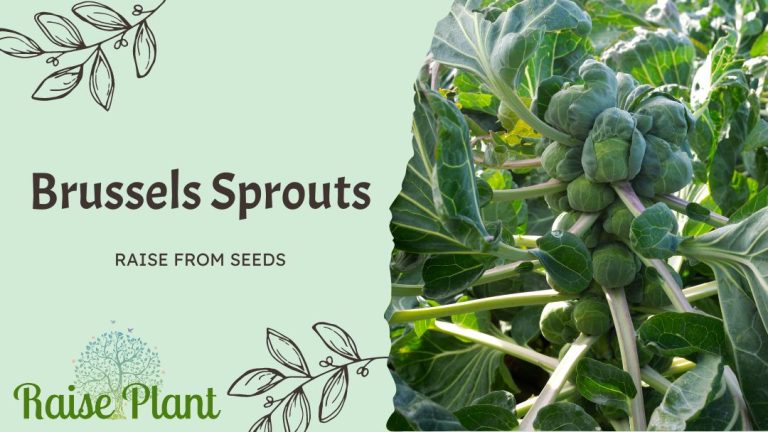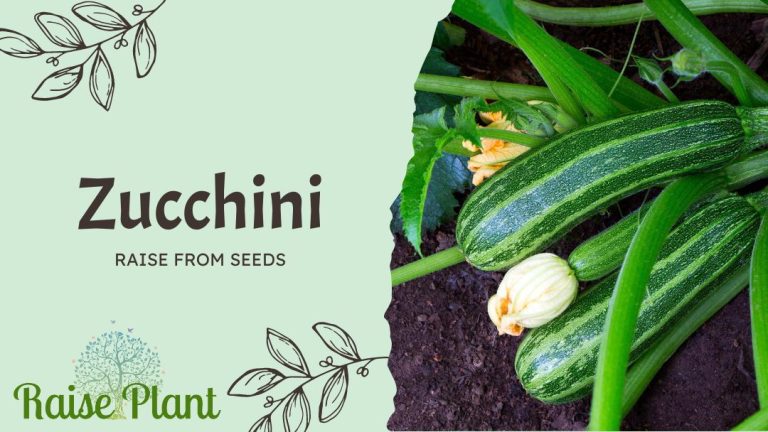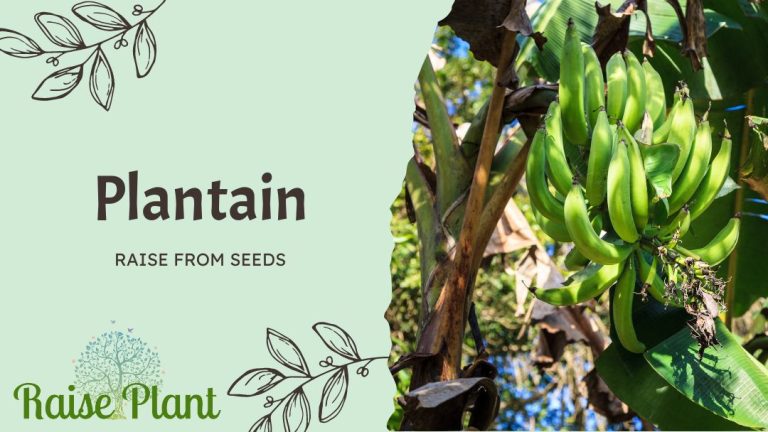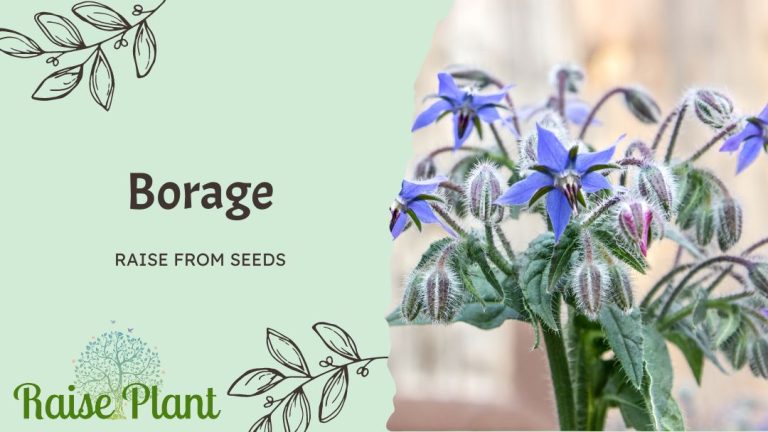The Complete Guide to Growing Delicious Peanuts from Seeds: A Step-by-Step Approach
Peanuts (Arachis hypogaea) are a fascinating plant with a rich cultural history. They belong to the legume family, which also includes beans, peas, and lentils.
The peanut plant is native to South America and has been cultivated for thousands of years. It was brought to North America by African slaves in the 1700s and has since become an important crop in many parts of the world.
Uses of Peanuts
Peanuts have many uses besides just being a tasty snack. They are often used in cooking, as well as in the production of peanut butter, oil, and milk. They are also commonly used in animal feed and as a natural fertilizer due to their high nitrogen content.
Why Grow Peanuts from Seeds?
Growing peanuts from seeds is not only a fun hobby, but it also has many benefits. For one thing, it allows you to control what goes into your peanuts – no need to worry about pesticides or other harmful chemicals.
It is also very cost-effective – you can grow your own peanuts for much less than you would pay at the store. Plus, there’s something deeply satisfying about growing your own food from scratch.
In this article, we will guide you through the process of growing peanuts from seeds – from choosing the right variety of seeds to harvesting your crop. Whether you’re an experienced gardener or just starting out, we hope this guide will inspire you to give peanut farming a try!

Preparing for Planting
Choosing the Right Variety of Peanut Seeds
Before planting peanuts, it’s important to decide which variety of seeds to use. There are several different types, including Virginia, Spanish, Valencia, and Runner peanuts. Each type has its own unique characteristics and is better suited for different growing conditions.
Virginia peanuts are the most commonly grown variety in the United States and are known for their large size and rich flavor. Spanish peanuts have a smaller kernel size and are often used for making peanut butter or roasted snacks.
Valencia peanuts have a sweet taste and are often used in candy-making. Runner peanuts are a popular choice for commercial growers due to their high yield.
When selecting peanut seeds, make sure to choose high-quality seeds from a reputable supplier. Look for seeds that are uniform in size and shape with no visible signs of damage or disease.
Soil Preparation and Fertilization
Peanuts thrive in well-drained soil that is rich in organic matter. Before planting, prepare the soil by removing any weeds or debris and tilling it to loosen it up. Adding compost or aged manure can help improve soil quality.
It’s also important to test the soil pH levels before planting peanuts as they require slightly acidic soil with a pH range between 5.8-6.2. If necessary, adjust the pH level by adding lime or sulfur according to the recommendations of your local agricultural extension office.
To fertilize peanut plants, use a balanced fertilizer such as 10-10-10 NPK (nitrogen-phosphorus-potassium) before planting at a rate of 1 pound per 100 square feet of soil surface area. During the growing season, apply additional fertilizer at 1 pound per 100 square feet every two weeks until flowering begins.
Seed Treatment and Germination
Before planting peanuts, soak the seeds in water for 24 hours to soften their shells and aid in germination. After soaking, allow the seeds to dry for several hours before planting.
To ensure successful germination, plant peanut seeds at a depth of 1-2 inches and space them 6-8 inches apart. Peanuts require warm soil temperatures between 70-80°F to germinate, so wait until the soil has warmed up sufficiently before planting.
Once planted, keep the soil evenly moist but not waterlogged as peanuts are susceptible to rotting if they sit in standing water. With proper care and attention to these preparation steps, you can successfully grow your own peanuts from seeds.
Planting Peanuts
Best time to plant peanuts
When it comes to planting peanuts, timing is everything. While the exact timing may vary depending on your location and climate, it’s generally recommended to wait until after the last frost before planting.
This is because peanuts require relatively warm soil temperatures to germinate and grow properly. In most areas, this means planting in late spring or early summer.
Spacing and depth for planting seeds
Once you’ve determined the best time to plant your peanuts, it’s important to pay close attention to spacing and depth when sowing your seeds. For optimal growth, peanut seeds should be planted about 2-3 inches deep in well-draining soil that has been loosened up beforehand. Spacing will depend on the specific variety you’re growing but generally, they should be planted every 6-8 inches with rows spaced about 24-36 inches apart.
Watering and sunlight requirements
Peanuts require a lot of sunlight, so make sure you choose a spot in your garden that gets at least 6 hours of direct sunlight per day. As for watering, peanut plants like consistently moist soil but too much water can cause them to rot or develop disease. To strike a balance here, aim for about an inch of water per week from rainfall or irrigation during periods of drought.
Planting peanuts requires careful consideration when it comes to timing, spacing, and depth as well as watering and sunlight requirements if you want them to grow successfully. By following these tips and taking proper care of your peanut plants throughout their growth cycle you will soon be enjoying a fresh harvest of delicious homegrown peanuts!

Caring for Peanut Plants
Fertilization schedule
One of the most important aspects of caring for peanut plants is ensuring they receive proper nutrients. Peanuts are heavy feeders and require regular fertilization to thrive.
A balanced fertilizer with equal amounts of nitrogen, phosphorus, and potassium should be applied every 4-6 weeks during the growing season. It’s best to avoid applying too much fertilizer at once, as this can burn the plant’s roots and damage them.
Pest control measures
Unfortunately, peanuts are susceptible to a variety of pests that can damage or even kill the plants. One common pest is the tomato fruit worm, which feeds on both leaves and fruit.
The best way to prevent pest infestations is through regular monitoring and early intervention. Consider using organic pesticides or natural predators like ladybugs or lacewings to control pests instead of harsh chemicals that could harm other beneficial insects.
Pruning and staking
To ensure your peanut plants grow tall and strong, it may be necessary to prune and stake them. Pruning involves removing any dead or diseased plant material as well as any suckers or side branches that divert energy away from the main stem.
Staking involves providing support for the main stem by tying it to a sturdy stake with twine or wire. This prevents the plant from falling over due to its weight or wind damage.
By following these care tips, you can help ensure your peanut plants grow strong and healthy throughout their growing season. Remember, it’s important to monitor your plants regularly for signs of nutrient deficiencies or pest infestations so you can take action quickly if needed!
Harvesting Peanuts
Signs that Peanuts Are Ready for Harvest
The best way to tell if your peanuts are ready to be harvested is to watch the plants closely and look for a few key signs. First, the leaves will start to turn yellow and the plant will begin to die back.
Second, you’ll notice that the pods have started to split open at their tips. Third, give a gentle tug on one of the peanut plants; if it pulls easily out of the ground, it’s ready.
How to Properly Harvest Peanuts
To harvest your peanuts, simply use a garden fork or shovel to gently dig up each plant by its roots. Shake off any excess soil and then lay the plants out on a tarp or other flat surface in a warm, dry place with good air circulation.
This allows them to dry out further before you move on to processing them. Once they’re completely dry, remove the peanuts from their shells by hand or using a nutcracker.
Be careful not to crush them as you remove them! When all of your peanuts are out of their shells, store them in an airtight container in a cool, dry place until you’re ready to enjoy them.

Drying, Curing, and Storing the Harvested Peanuts
After harvesting your peanuts as described above, leave them out in direct sunlight for two days (or up until all remaining soil has been dried). The next step is curing: tie 8-10 plants together at their stems and hang them upside down in an area with good air circulation where temperatures do not exceed 95°F (35°C) for two weeks.
Once this step is complete store the peanuts shell in a cool dry place away from moisture and light. : harvesting and processing peanut plants from seeds can be highly satisfying and a lot of fun!
By following these simple steps, you can enjoy fresh, delicious peanuts that you grew yourself. So get planting today and start reaping the rewards of your hard work!
Fun Facts about Peanuts
The History of peanut cultivation
Peanuts have been around for a long time, with evidence of their use dating back to 3500 BC in Peru. They are a member of the legume family and are thought to have originated in South America.
The Incas were known to have used peanuts in religious ceremonies and even buried them with their mummies as a symbol of the afterlife. Spanish explorers brought the peanut plant to Europe in the 16th century, where it quickly became popular due to its high nutritional value.
In America, peanuts were first grown commercially in Virginia in the early 1800s. The crop soon spread throughout the southern states and became an important part of Southern cuisine.
However, it wasn’t until George Washington Carver’s groundbreaking research on crop rotation that peanuts really took off as a major agricultural product. Carver discovered that planting legumes like peanuts helped replenish nitrogen levels in soil, making it more fertile for other crops.
Peanut Butter’s origin story
Peanut butter is one of America’s favorite foods, but its origin story is not quite as straightforward as you might think. While many people credit George Washington Carver with inventing peanut butter, he actually did not invent it at all. In fact, he developed over 300 uses for peanuts but never came up with a recipe for peanut butter.
The credit for creating peanut butter goes to Dr. John Harvey Kellogg (yes, the same guy who invented cornflakes). In 1895, Kellogg patented a process for creating a “nut meal” from roasted peanuts that could be made into a spreadable paste by adding sugar and vegetable oil.
It wasn’t until years later that another inventor named Joseph Rosefield added hydrogenated oil to peanut butter, which prevented separation and gave us the smooth, creamy peanut butter we know and loves today. So next time you enjoy a PB&J sandwich or a scoop of peanut butter straight from the jar, remember that it’s thanks to the ingenuity of Dr. Kellogg and Mr. Rosefield that this delicious spread exists.
Conclusion
Growing peanuts from seeds can be a fun and rewarding experience for anyone looking to get into gardening. From choosing the right variety of peanut seeds to harvesting and storing the final product, there are a lot of steps involved in the process. However, with some patience and dedication, anyone can grow peanuts successfully.
The first step in growing peanuts is to choose the right variety of seeds. It’s important to keep in mind factors such as taste preferences, climate, and soil conditions when making this decision.
Once you have your seeds, proper soil preparation and seed treatment will increase your chances of a successful crop. When it comes time to plant your peanut seeds, remember to follow proper spacing guidelines and watering requirements.
Peanut plants require consistent sun exposure as well as regular fertilization and pest control measures. After all your hard work cultivating your peanut plants, it’s important to know when they’re ready for harvest and how to dry, cure, and store them properly.
Growing peanuts from seed can be a fun way to engage with nature and produce a delicious snack at the same time. With some patience and care throughout each stage of growth, you’ll be enjoying fresh roasted peanuts in no time!

